- Home
- About Us
- For Your HomeSpecialized Premises
- For Your BusinessBusiness ServicesSpecialized Premises
- Technology
- Blogs
- Testimonials
- Contact Us
Bees / Hornets Control
Bees benefit humans by pollinating plants, while wasps and hornets contribute by eating other insects.
Comprehensive Disinfection Services for Every Need!
The processes and systems we put in place provide high quality service with a focus on safety.
VARIOUS INDUSTRIES
20% off
Talk to our consultants to design a customized "NoPests" program that safeguards your buildings and residents.
20% off
Consult with us to create a tailored "NoPests" program that protects your reputation and ensures the health of your students.
20% off
Ensure your food establishment meets high sanitary standards with our customized "NoPests" program, designed to maintain safe, quality food production and achieve top audit scores.
20% off
Talk to our consultants to create a customized "NoPests" program to safeguard your family's health.
20% off
Consult with our experts to create a customized "NoPests" program that protects your brand and reputation.
Bees, Wasps & Hornet Control
While bees, wasps & hornets are all stinging insects, they have numerous key differences. All of them are visually different and their choice of nesting areas are often different. However, when they build their colonies inside our premise, they often present a similar danger of harmful stings.
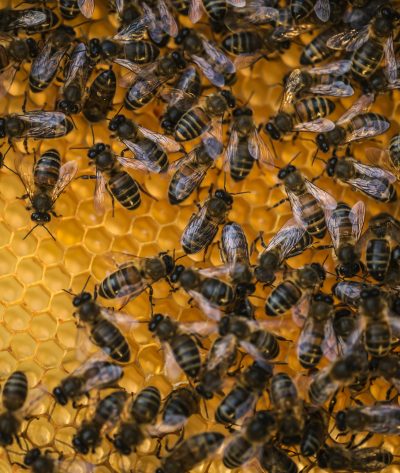

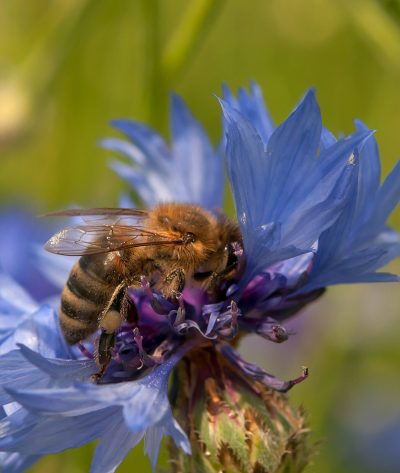

FACTS ABOUT BEES
Bees are winged insects closely related to wasps and ants, feed exclusively on sugary nectar and protein-rich pollen found in flowering plants, unlike the carnivorous wasps from which they evolved.
Famous for their critical role in pollination, it is estimated that almost 90% of wild plants and 75% of leading global crops depend on animal pollination. When a bee enters a flower to feed on nectar and gather pollen, some of the pollen sticks to its body. Moving onto the next flower, it deposits some of that pollen, resulting in fertilization, allowing the plant to reproduce and to generate the fruits and seeds so many other wildlife species rely on as a food source.
As an insect, a bee’s body is divided into three parts: a head with two antennae, a thorax with six legs, and an abdomen. There are branched hairs somewhere on their bodies and two pairs of wings. There are over 20,000 bee species worldwide, including the honey bee, which originated in Eurasia and has been imported around the globe as a domesticated species.
Only female bees sting but do so when they feel threatened, especially when their hives are filled with honey and larvae that require protection.
FACTS ABOUT Wasps / Hornets
Wasps and hornets have hairless bodies with their main differences in colour & size. Wasp are about 1/3 inch to 1 inch while hornets are larger. In terms of colours, wasps have black & yellow rings while hornets black & white rings. Unlike bees that pollinate plants which are beneficial to humans, most wasps and hornets do not and instead help out by eating other insects.
When threatened, both species sting and can be dangerous to those allergic to their venom. Unlike bees that die after they sting, wasps & hornets do not and thus can inflict more pain with their multiple stings.
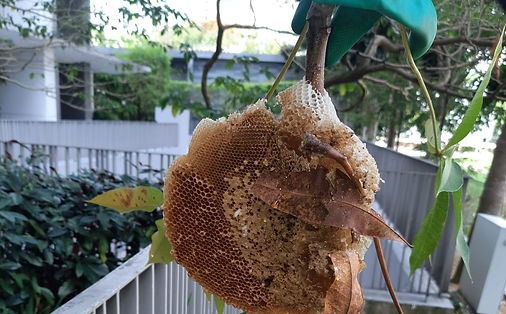

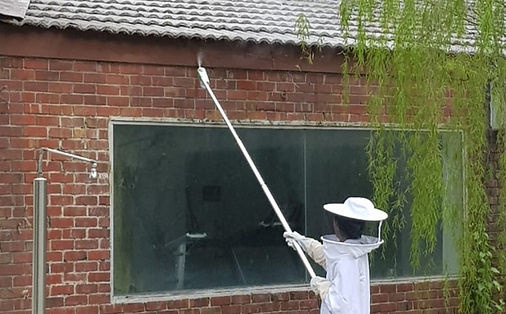

FUN FACTS-BEES
- Only honeybees make honey
- All worker bees are female
- To produce a kilogram of honey, bees fly the equivalent of three times around the world in air miles
- A Queen Bee can produce 2,000 eggs a day. Fertilised eggs become females and unfertilised eggs become males, with the help of pheromones
FUN FACTS-WASPS
- Wasps hunt and eat almost every insect pest that harms crops
- Wasps can create their own paper to build their nests with by chewing and spitting out pieces of bark
- Wasps can be found everywhere except for Antarctica
- Wasps can recognize another wasp by identifying the individual from their unique facial patterns
INTEGRATED APPROACH
Trusted by clients across diverse industries
INSPECT & IDENTIFY
A thorough site survey is carried out by our experienced bees/wasps/hornets team to identify location of hives, taking note of safety concerns, such as height restrictions, surrounding neighbors, etc to remove them.
FORMULATE PLAN
After correct identification of species and any work-at-height requirements that requires Mobile Elevated Working Platform (MEWP), a customized plan is formulated based on your situation for the most suitable type of treatment ranging from gassing, residual spray or direct misting before removal of hives.
EXECUTE & TREATMENT
Our highly skilled & certified bees/wasps/hornets team will plan & execute treatments while taking into safety, health & your environment. With our focus on safe & green pesticides and licensed Mobile Elevated Working Platform (MEWP) operators, you can be assured of safe removal of hives regardless of locations.
ADVISE PREVENTION
Any structure issues such as entry/access points into roof that allow formation of new hives or trimming/ changing of landscape plants will be highlighted to achieve long-term prevention.
MONITOR & EVALUATE
Detailed digital reporting for you to track the treatment conducted. For contract customers, regular checks are conducted to monitor and highlight if any new hives are forming or landscape plants which attract them.
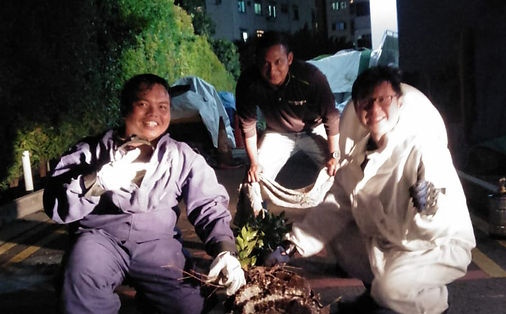

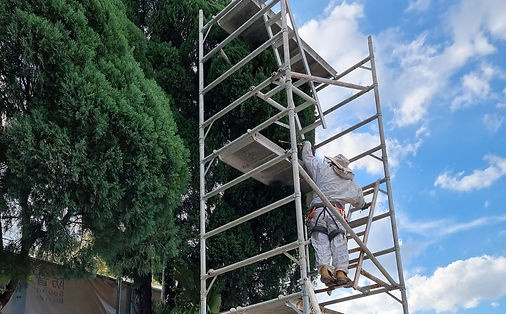

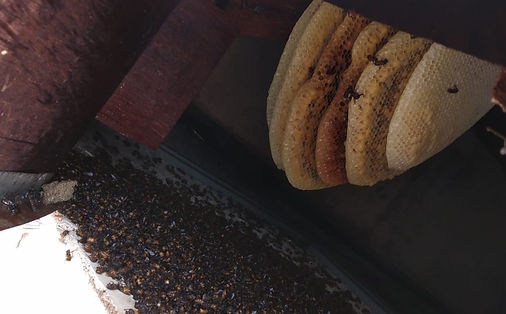

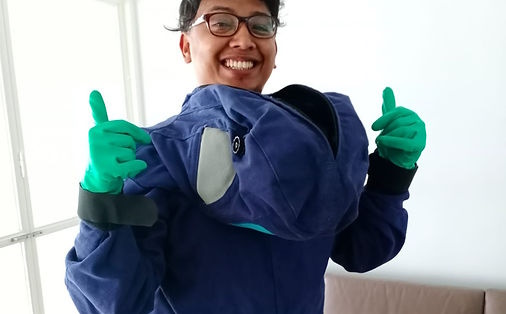

Contact Us
Reach Out for Personalized Assistance
Contact Number:
+65 6244 6926
Email:
enquiry@1800nopests.com.sg
Get In Touch With Us
Have questions or need assistance? Reach out to us today! Our team is here to provide prompt and professional support for all your pest control and cleaning needs. Fill out the form below, or give us a call, and we'll get back to you as soon as possible.
Quick Contact
1800NOPESTS PTE LTD (SINGAPORE)
9010 Tampines Street 93, #02-93, Tampines Industrial Park A, Singapore 528844
1800NOPESTS SDN BHD (MALAYSIA)
171-A Jalan Pahlawan 1, Taman Ungku Tun Aminah, 81300 Skudai




